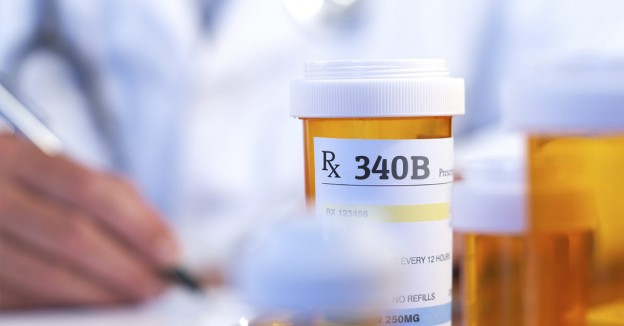Posted By Hope Alfaro On June 2, 2016
What Federally Qualified Health Centers (FQHC) Need to Know About the 340B Drug Program

While healthcare funding and new regulations continue to evolve, there can often be confusion about various programs for federally funded centers on how these programs intersect. For safety-net providers like Federally Qualified Health Centers (FQHC) and publicly funded family planning clinics, plans like the 340B drug pricing program are intended to stretch scarce federal resources as far as possible to reach more eligible patients and provide more comprehensive services. Administered by the Office of Pharmacy Affairs (OPA) at the Health Resources and Services Administration (HRSA), federal law mandates that drug manufacturers must provide discounts on their drugs to certain health centers that serve low-income or medically underserved communities. Along with FQHCs, covered entities include Title X-funded centers, Ryan White HIV/AIDs program grantees, children’s hospitals, and Section 318 funded STD clinics. There is a three-pronged definition to determine the eligibility of a patient:
- the covered entity has established a relationship with the individual, such that the covered entity maintains records of the individual’s health care; and
- the individual receives health care services from a health care professional who is either employed by the covered entity or provides health care under contractual or other arrangements (e.g. referral for consultation) such that responsibility for the care provided remains with the covered entity; and
- the individual receives a health care service or range of services from the covered entity which is consistent with the service or range of services for which grant funding or Federally-qualified health center look-alike status has been provided to the entity. Disproportionate share hospitals are exempt from this requirement.
There can also be complications for FQHCs and other covered entities that bill to Medicaid and uninsured or self-pay patients. Providers should refer to their specific grants and program requirements to determine how to charge self-pay patients for 340B drugs, but the basic parameters are that self-pay patients whose income is at or below 100% of the federal poverty level (FPL) would not be charged for the drug. There is a sliding fee scale up to 250% of FPL for patients that fall within those parameters. An Electronic Health Record software with build in sliding feel scales can help reduce the burden of administering and charging for 340B drugs for health centers and clinics. While 340B drugs can be used with Medicaid patients, there are factors that might impact a health center’s decision to do so. While Medicaid law already requires that manufactures provide the state with rebates on drugs for Medicaid patients, they are not required to provide that rebate on the discounted 340B price. FQHCs and other covered entities should confirm they are in compliance with 340B rules to prevent duplicate discounts and are required to inform the state Medicaid agency that they are using 340B drugs for Medicaid patients. Your EHR should also be able to help with tracking billing to further avoid duplicate discounts.
For newly enrolled 304B registrants, HRSA and OPA recently conducted a webinar to cover important topics on 340B. New registrations are accepted July 1-15th, October 1-15, January 1-15 and April 1-15th. Re-certification for Title X Family Planning Grantees also ends June 8th, 2016.
For more information on the 340B Drug Program, visit the Health Resource and Services Administration’s Office of Pharmacy Affairs